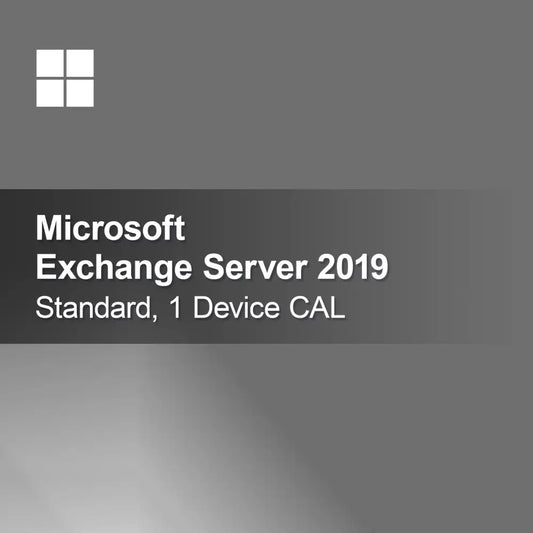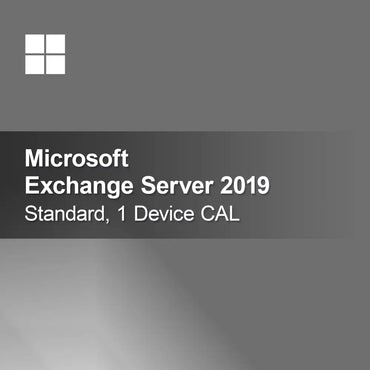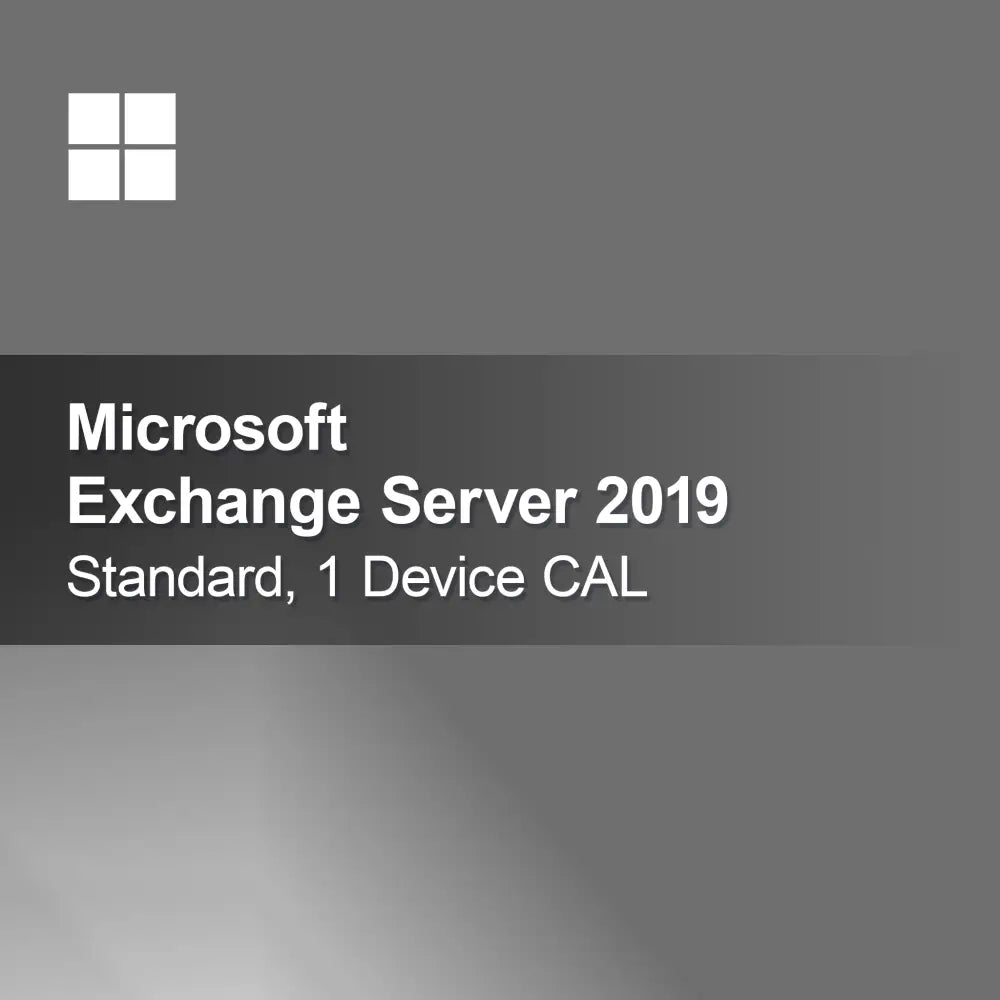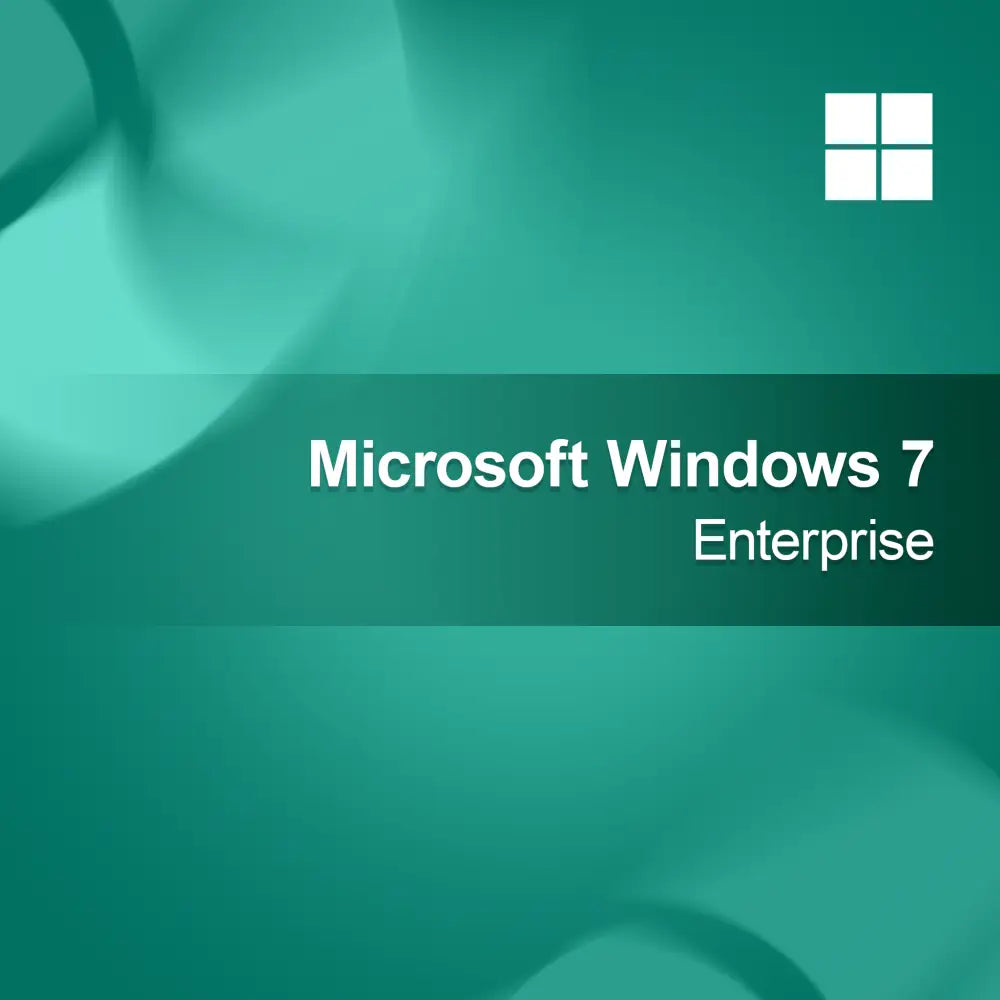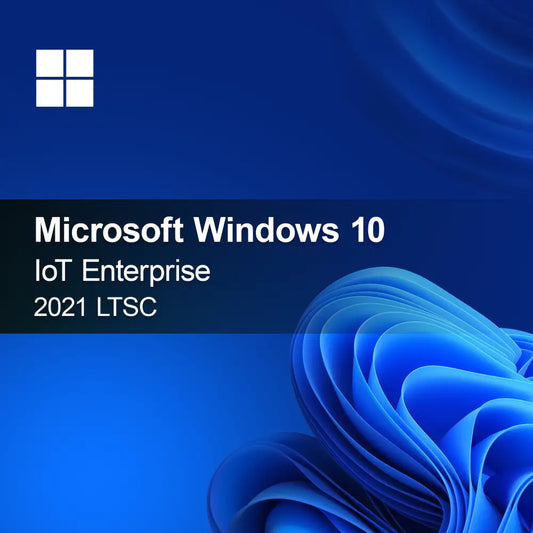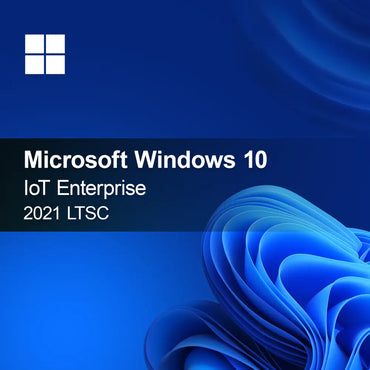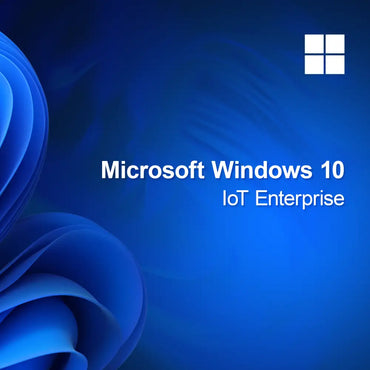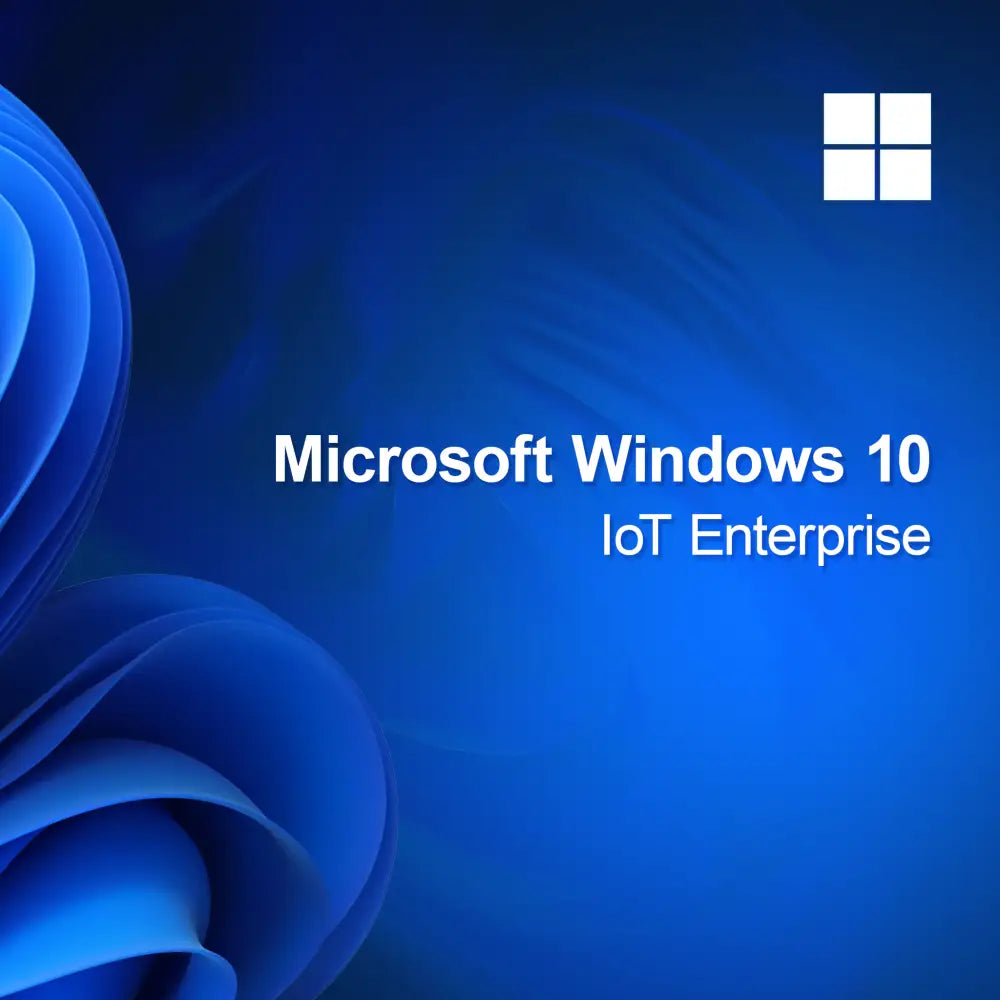-
Microsoft Windows Server Remote Desktop Services 2019, 1 User CAL, RDS CAL, Client Access License
Regular price $69.00Sale price $69.00 Regular priceUnit price perMicrosoft Windows Server Remote Desktop Services 2019, 1 User CAL With the license key for Microsoft Windows Server Remote Desktop Services 2019, 1 User CAL, you...
-
Microsoft Exchange Server 2019 Standard, 1 Device CAL
Regular price $41.00Sale price $41.00 Regular priceUnit price perMicrosoft Exchange Server 2019 Standard, 1 Device CAL With the license key for Microsoft Exchange Server 2019 Standard, 1 Device CAL, you can quickly and securely...
-
Microsoft Windows Server Remote Desktop Services 2016 User CAL, RDS CAL, Client Access License
Regular price $46.00Sale price $46.00 Regular priceUnit price perMicrosoft Windows Server Remote Desktop Services 2016 User CAL With the license key for Microsoft Windows Server Remote Desktop Services 2016 User CAL, you can activate...
-
Microsoft Windows 8.1 Pro
Regular price $30.00Sale price $30.00 Regular priceUnit price perMicrosoft Windows 8.1 Pro With the license key for Microsoft Windows 8.1 Pro, you can quickly and securely activate your operating system. Enjoy a stable and...
-
Microsoft Windows 10 Pro N and KN
Regular price $42.00Sale price $42.00 Regular priceUnit price perMicrosoft Windows 10 Pro N and KN With the license key for Microsoft Windows 10 Pro N and KN, you can quickly and securely activate your...
-
Microsoft Windows 10 Enterprise LTSB 2016
Regular price $202.00Sale price $202.00 Regular priceUnit price perMicrosoft Windows 10 Enterprise LTSB 2016 With the license key for Microsoft Windows 10 Enterprise LTSB 2016, you can quickly and securely activate your system. Look...
-
Microsoft Windows 7 Enterprise
Regular price $42.00Sale price $42.00 Regular priceUnit price perMicrosoft Windows 7 Enterprise With the license key for Microsoft Windows 7 Enterprise, you can easily and securely activate your operating system. Experience a powerful and...
-
Microsoft Project Server 2022 User CAL
Regular price $202.00Sale price $202.00 Regular priceUnit price perMicrosoft Project Server 2022 User CAL With the license key for Microsoft Project Server 2022 User CAL, you get a powerful solution to quickly and securely...
-
Microsoft Windows Remote Desktop Services 2022, User CAL, RDS CAL, Client Access License
Regular price From $107.00Sale price From $107.00 Regular priceUnit price perMicrosoft Windows Remote Desktop Services 2022 User CAL With the license key for Microsoft Windows Remote Desktop Services 2022 User CAL, you can quickly and securely...
-
Microsoft SQL Server 2019 Enterprise 2 Core
Regular price $4,632.00Sale price $4,632.00 Regular priceUnit price perMicrosoft SQL Server 2019 Enterprise 2 Core With the license key for Microsoft SQL Server 2019 Enterprise 2 Core, you can quickly and securely activate your...
-
Microsoft Windows 10 IoT Enterprise 2021 LTSC
Regular price $202.00Sale price $202.00 Regular priceUnit price perMicrosoft Windows 10 IoT Enterprise 2021 LTSC With the license key for Microsoft Windows 10 IoT Enterprise 2021 LTSC, you get a reliable and powerful platform...
-
Microsoft Windows 10 IoT Enterprise
Regular price $107.00Sale price $107.00 Regular priceUnit price perMicrosoft Windows 10 IoT Enterprise With the license key for Microsoft Windows 10 IoT Enterprise, you get a powerful and reliable platform specifically tailored to the...
Server & Client
What are servers and clients?
Servers and clients are fundamental components in network architecture. A server is a powerful computer that provides resources, data, or services, while clients are the devices that access these resources. This relationship allows information to be shared and processed efficiently. In many networks, multiple clients work simultaneously with one or more servers, which increases the flexibility and scalability of the systems.
What types of servers are there?
There are different types of servers, each fulfilling specific functions. Web servers host websites and deliver content to clients over the internet. Database servers store and manage data, while application servers provide software applications. Additionally, there are mail servers that manage emails and file servers that enable access to files. The choice of the right server type depends on the requirements of your network.
How do servers and clients communicate with each other?
Communication between servers and clients usually takes place via a network protocol, such as HTTP for web applications or FTP for file transfers. Clients send requests to the server, which processes these requests and returns the corresponding data or services. This interaction is crucial for the functionality of applications and services based on server-client architectures.
What are the advantages of server-client architectures?
Server-client architectures offer numerous advantages, including centralized data management, improved security, and easier maintenance. Since data is stored on a server, clients can access it from different locations, increasing flexibility. Additionally, centralized management allows for faster updates and backups of data, enhancing the system's efficiency and security.
- Centralized data management for easier access
- Increased security through centralized storage
- Flexibility through access from different locations
How do I choose the right server for my needs?
Choosing the right server depends on various factors, such as the type of applications you want to run, the number of clients, and the required resources. Also consider scalability to ensure the server can grow with your business. It is advisable to analyze the specific requirements of your applications to find the best solution.
What are the most common challenges in server-client architectures?
Various challenges can arise when implementing server-client architectures. These include network issues that can affect communication, as well as security risks caused by insufficient protective measures. Managing and maintaining the servers can also be complex, especially when multiple clients access them simultaneously. Careful planning and regular maintenance are crucial to overcoming these challenges.
How can I optimize my server's performance?
To optimize your server's performance, you should regularly perform updates and keep the hardware up to date. Monitoring server load can also help identify bottlenecks early. Additionally, it is important to check the network infrastructure and adjust it if necessary to ensure smooth communication between server and clients. A well-maintained environment contributes to the efficiency and stability of the system.




